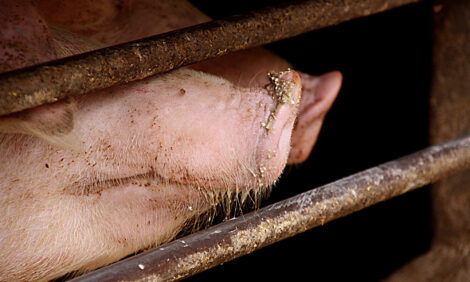



China’s plans for mega-farms in the north-east
In a bid to stabilise pork prices and combat food inflation, China’s pork farmers are steering further away from the small-scale and making bold moves towards mega-farms in the north.According to a previous Reuters report:
Pork prices are so volatile and have such an influence on inflation in the world’s second-largest economy, that many Chinese joke that CPI stands for the ‘China Pork Index’.
It was hoped that swapping the ‘small backyard pig pens’ for industrial mega-farms could eventually calm erratic fluctuations in prices and provide some control on inflation. The plans now are to expand into the rural north-east corn belt where there are fewer inhabitants, and plenty of space for setting up these large-scale farms.
At least eight listed companies have announced or confirmed plans to produce around 17 million pigs annually in the north-east in coming years. The country’s biggest pig farmer, Guangdong Wen’s Foodstuff Group, is among a number of other companies that are now following suit, adding to China’s annual $1 trillion (£755bn) pork market.
Although initiation of these plans appeared simple, home grown corn shortages, long transportation times, and environmental laws were all prospects that China faced when determining the feasibility of changing the farming practices of its people. Smallholders and small-scale producers were also at risk with the move.
The industrialisation of the pig farming sector in China coincided with a long period of low prices that had already forced many smallholders, concentrated in southern provinces, to close their businesses. A 2017 Reuters article stated:
The share of pigs produced by backyard farms will fall to below 52 percent by the end of 2017, down from 57 percent in 2015, or a reduction of 66 million pigs, said COFCO Meat, a unit of state-owned agribusiness COFCO Corp in September, citing “huge development space” for large firms.
To read the full 2017 Reuters article, click here







